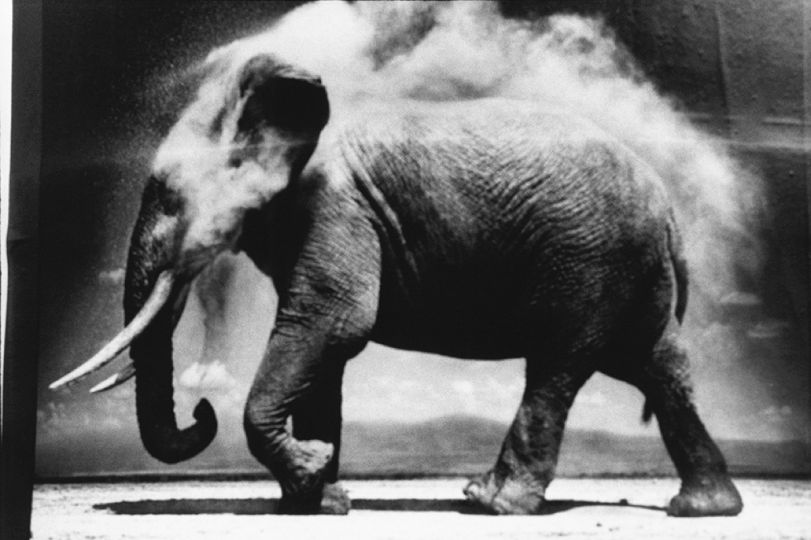Sakiko Nomura, a Japanese artist born in 1967, could be identified as part of a group of japanese photographers who work with grainy and contrasted blacks and whites and an exacerbated sensitivity. While she has used colour in several series, Sakiko Nomura is best known for her exploration of male monochrome nudes – an investigation she initiated more than twenty years ago. Photographing her bare models in minimalistic rooms reflecting their nudity, the photographer seems to build her images in the shadows. Sculpting, redrawing, she sometimes modestly unveils a ray of light revealing the unfathomable intimacy of her subjects. Love, sex, human relationships and vulnerability. Intimacy is at the heart of Sakiko Nomura’s practice.
It is also the subject of The War and a Woman, a novella published in 1946, a year after the end of Second World War.
The story takes place under the thunder of air raids assailing Tokyo and describes the relationship of a man, Nomura – writer in his spare time – with a former prostitute, “the woman”.
Depicting a complex and tortured relationship, based on the common belief that the war would eventually take their lives away, Ango Sakaguchi’s characters find themselves wandering in the world of the dead and that of the living. Their bodies coming together and apart are the mirrors of their temptation to surrender to a mortal and fatal despair, and the flashes of hope pulling them out of their suicidal apathy.
Initially censored by the Allies, the novella only got published in its original form in 2000.
Written in two versions (The War and a Woman, which tells the story from the point of view of the man, and The War and a Woman, sequel, told from that of the woman), the present book chose the first version, told from the perspective of the man, Nomura. Coincidence or not, Nomura is also the name of the photographer, who regularly captures male nudes. However, in Ango, no obvious masculine presence is visible. Female figures follow each other, all more solitary than the others, apparently illustrating what Nomura (the man and the photographer?) perceives when he looks at “the woman”. This mirror effect triggers attention: who looks at whom, and who sees what? The character and the artist blend to better fade before the subjective perception of the viewer.
But what exactly do we perceive? Loneliness undoubtedly. A feeling of distress, the imprint of a frozen time when the presence of impersonal death is omnipresent and sometimes explicitly shown –like this magnificent field of identical graves ready to fade under the whiteness of the snow. There is also a feeling of anonymity. One could speak of “the woman” as “women”:
This may be the reason why the absence of name for this central character does not surprise.
It is not a coincidence that bookshop M, directed by designer Satoshi Machiguchi, chose the theme of war for this publication.
In Paris at the time of the attacks of November 13th, 2015, Satoshi Machiguchi said he was deeply shocked by the events and felt the need to talk about the traumas brought about by conflicts.
The designer also explained his desire to foster an encounter between a writer and a photographer by saying: “When two wills merge, they acquire a certain power of expression, and produce a unique result.”
Indeed, the result is an object with bevelled pages whose atypical and asymmetrical form further reinforces the instability experienced by Sakaguchi’s two protagonists, and ultimately illustrates in the very form of the object, their impossible rest.
Sakiko Nomura – Ango
06.11.18 – 12.01.19
Gallery &CO119
119 rue Vieille du Temple
75003 Paris




























